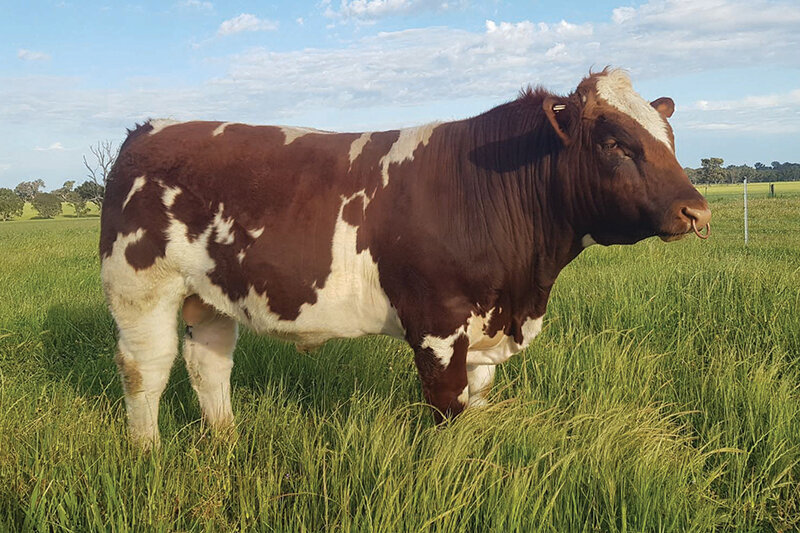
Latest News
Structural Soundness
At Maine Park, structural soundness is pivotal to breeding quality cattle.
We’ve eliminated: Females with big teats, bad hooves, fertility issues (cows that are hard to get in calf, bulls with low sperm count, twisted testicles). Also, frame and skeletal issues including post leggedness, sickle hocks and huge framed – bad doing cattle.
Calving Ease
Cattle must calve unaided; you can’t be around 24/7 waiting to pull calves. So, we never breed on with cows that don’t calve themselves and bulls that produce calves that are too big.
We have consistent easy calving rates from Maine Park bulls over both stud and commercial herds.
What’s more Maine Park bulls are bred to be used over heifers and cows alike which means you can sleep easy using these bulls.
Weight For Age
Have you ever wondered how to get bulls that are born weighing 40 kgs to weigh 536kgs at the age of 10 months on grass only? We could give you the formula, but the method takes at least 35 years to develop. By focusing on a more moderate Maine-Anjou, our bulls’ weights have improved considerably every year.
And, all of this is achieved on grass (with supplementary hay in hard times). No grain! Just think – by using Maine Park genetics, you can save on the years we’ve spent developing these traits.
Maine Park Isabella 15 years old
Welcome to Maine Park
We work to breed functional stud quality Maine-Anjou cattle that perform commercially to benefit the beef industry globally.
The Maine Park herd is located at Knowsley, Victoria in Australia, founded in 1989. Our approach is simple, it’s from the ground up, we breed for functionality – sound structure, calving ease, fertility and weight for age - to make what we believe is the ideal beef producing animal.
Our cows must survive in a very harsh climate and with Maine Park cows living well into their late teenage years we have living proof of our cattle’s longevity.








